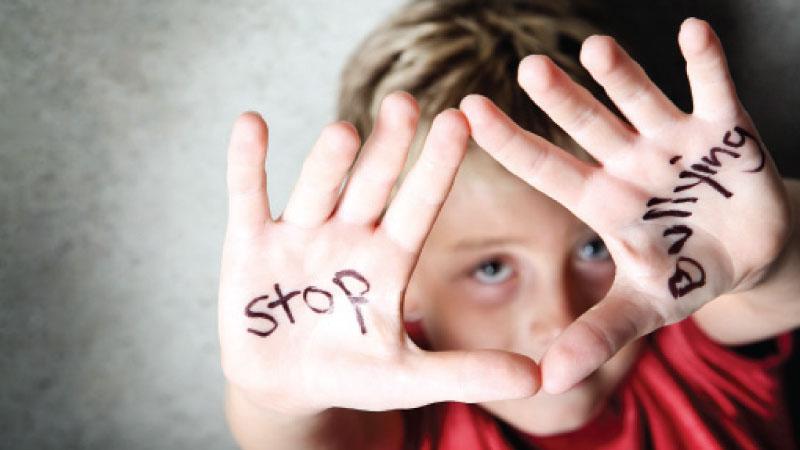
Bullying can take many forms, but all forms of bullying cause harm. Even if there is no physical contact between a bully and their target, people who are bullied may carry the emotional damage of what they experienced for the rest of their lives. That is why it is important to put a stop to bullying. If you are being bullied, then there are things you can do to deal with the bully. If you witness bullying, then there are things you can do to stand up for someone else. You can also work to raise awareness among your peers and learn about the different ways that you can ask for help.
Dealing with a Bully
1. Walk away
If the situation seems threatening or dangerous, it’s best to get away from the bully. Even if it is not a dangerous situation, remember that you don’t have to listen to someone saying mean things to you. The best thing to do might be to calmly walk away from the person. This will send the message that you won’t put up with this kind of treatment.
Try to walk towards other people, such as towards a teacher or someone else who will not put up with bullying. 
2. Tell someone so the bully will stop
It’s important to report bullying right away so that someone in authority can put a stop to it. By telling someone that you are being bullied, you will be standing up for yourself and showing the bullies that you will not put up with their abuse.
- Find a teacher, parent, school counsellor, or someone else who can help you and immediately tell them what the bully has been saying or doing to you.
- Try saying something such as, “Joyce is bullying me. She keeps making fun of my weight and she will not stop. I have asked her to stop, but she is still doing it. I think I need some help to make her stop.”
- You can also write a note to explain what is happening. Deliver the note to your teacher, school counsellor, or principal.
- Tell someone else if the first person you tell does not do anything about the bully. Don’t accept that you will have to put up with the bullying.
Tip: If you’re an adult dealing with bullying in the workplace, talk to your supervisor or someone in human resources. You might find it helpful to keep a written record of your experiences or involve a third party who has witnessed the bullying
3. Ask the bully to stop if you feel safe doing so
If you don’t feel physically threatened, using direct, assertive communication and body language is a good way to address a bully. If a bully continues to harass you even after you have walked away, calmly let them know that you will not put up with the behaviour. Turn and face the bully and tell them to stop. 
- Don’t try to confront the bully even if you feel like doing so, as it might put you in danger.
- To use assertive body language, stand up tall and face the bully. Look the bully in the eye when you are speaking to them. Don’t look down and don’t try to make yourself smaller, such as by folding your arms or bringing your knees in close to your body. Pull yourself up to your full height, keep your arms at your sides, and your feet about shoulder width apart.
- Keep your request short and direct. Try saying something like, “Stop it, Jennifer,” or, “Cut it out, Craig.” As you say this, make sure that you look the bully directly in the eye and speak in a calm, clear voice.
- Don’t compliment or insult the bully. If you say nice things to a bully after they have been insulting you, putting you down, or physically threatening you, then this will only increase their sense of power. Calling the bully names may enrage them and increase their efforts to hurt you.
4. Stay calm
It is the bully’s goal to get an emotional response out of you, so do your best to keep calm and avoid showing them how you feel. Try your best not to show that you are angry, sad, or frightened. The bully may feed off of these emotions and increase their efforts. 
- Take a few deep breaths and think about something that makes you happy, such as getting a good grade on a test, playing with your dog, or something fun that you are planning to do with your family over the weekend. Doing this may help you to take a step back from the situation and avoid reacting to your emotions. Make sure that you keep your eyes open and maintain eye contact with the bully as you do this.
- Respond to the bully in a calm way. For example, you might say, “Jack, I know you think you’re funny, but you’re not. Stop.” Or, “Stop now or I’m asking the teacher to move you away from me.”
- Be sure to talk about how the bully made you feel with someone else later on. Talk with your parents, a school counselor, or a teacher.
